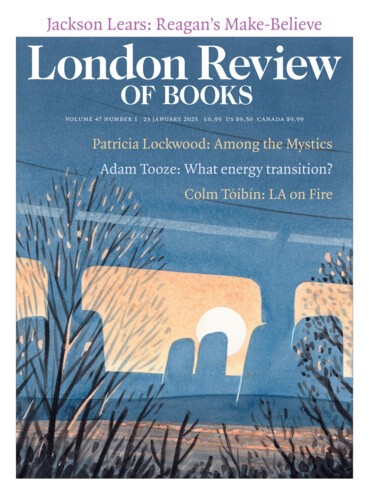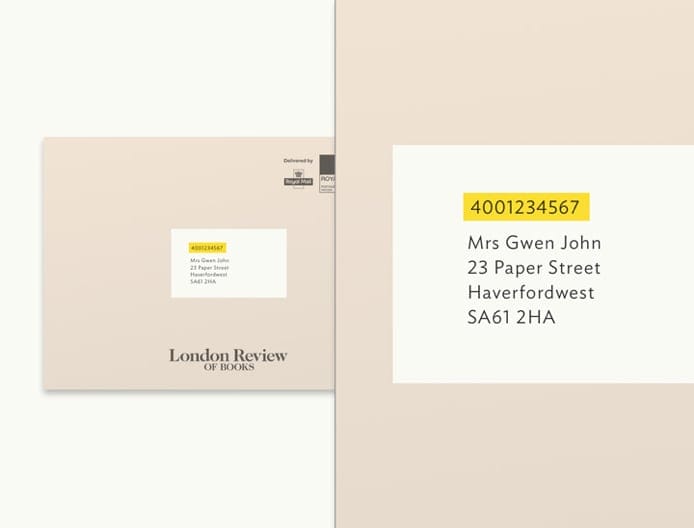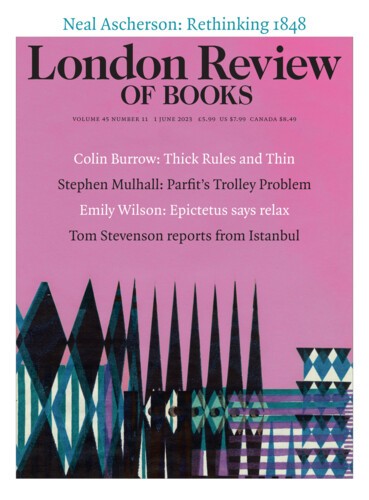At the start of María Gainza’s first novel, Optic Nerve, the narrator, an art critic who is also called María, shows a couple round a grand house in Buenos Aires. She is wearing a soaking wet dress and a pair of fluffy slippers. She tells us with some self-deprecation that her job is taking rich foreigners to see private art collections. On this occasion, she had been sheltering from the rain waiting for her clients when a car ‘came past hugging the kerb and drenched me and my pristine yellow dress’. The collector whose house they are visiting looks at María with contempt and provides the slippers. ‘My clients’ loss of respect for me was complete.’
We don’t know exactly how to place María. She is well educated but not rich; appealing but awkward. In the second chapter, she becomes pregnant. Later we learn that she has given birth to a daughter, and we read about some friends, an uncle, an aristocratic mother and a husband who has chemotherapy in a hospital where a sex worker walks the corridors. Near the end of the book, María is also diagnosed with cancer, which comes as ‘a relief’ after two years of feeling that ‘something was wrong inside me.’ But this information is presented in fragments dispersed throughout the novel; there is little connective tissue between the events described; explanatory information is scant. Gainza isn’t interested in the usual propulsive features such as plot or character arc. As the title suggests, Optic Nerve is concerned with perspective and, in particular, about what the act of looking can reveal about the spectator. The form and rhythm of the novel are shaped by María’s fluctuating attention. Each chapter considers a painting, circling out from and around it through a series of associations, taking in stories from art history, scenarios and counterfactuals imagined by María, and passing thoughts about her own life.
In the first chapter, for example, María stands before Alfred de Dreux’s painting Deer Hunt, in which seven hounds surround a stag, its tongue lolling out of its mouth. She thinks it’s ‘fairly conventional’, but it strikes her nonetheless: ‘More than that: it unsettled me.’ She then moves from Géricault’s animal paintings to the 1881 treaty between Argentina and Chile to the story of a university friend whose sister married a Belgian millionaire. While walking through the mud along the perimeter of a hunting reserve, the friend was struck and killed by a stray bullet from the hunt. ‘You write one thing,’ María says, ‘in order to talk about something else.’
Gainza’s idea is that absorption is only one kind of attention: becoming distracted in the course of looking at something might be a sign of meaningful engagement. It’s when María’s mind wanders in front of a painting – or back to a painting – that we learn something interesting about her character. In Hubert Robert’s Archaeological View (1773) a cluster of ordinary people make themselves at home in a ruined temple. ‘Anywhere you look in the painting,’ she says, ‘at the withered tree, or at the starving mule, everything points to endings, or the end.’ Robert’s work seems to connect to the decline of the Argentinian nobility – the class into which Gainza and her narrator were born – over the last half-century. María recalls seeing the painting in the National Museum of Decorative Arts in Buenos Aires, formerly the Errázuriz Palace; her uncle Matías ‘Marion’ Errázuriz, she says, commissioned Josep María Sert to decorate the boudoir.
Send Letters To:
The Editor
London Review of Books,
28 Little Russell Street
London, WC1A 2HN
letters@lrb.co.uk
Please include name, address, and a telephone number.



